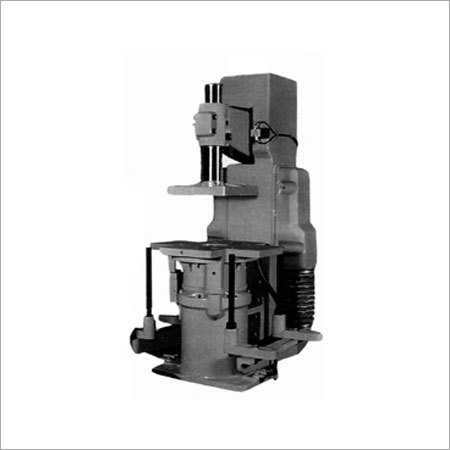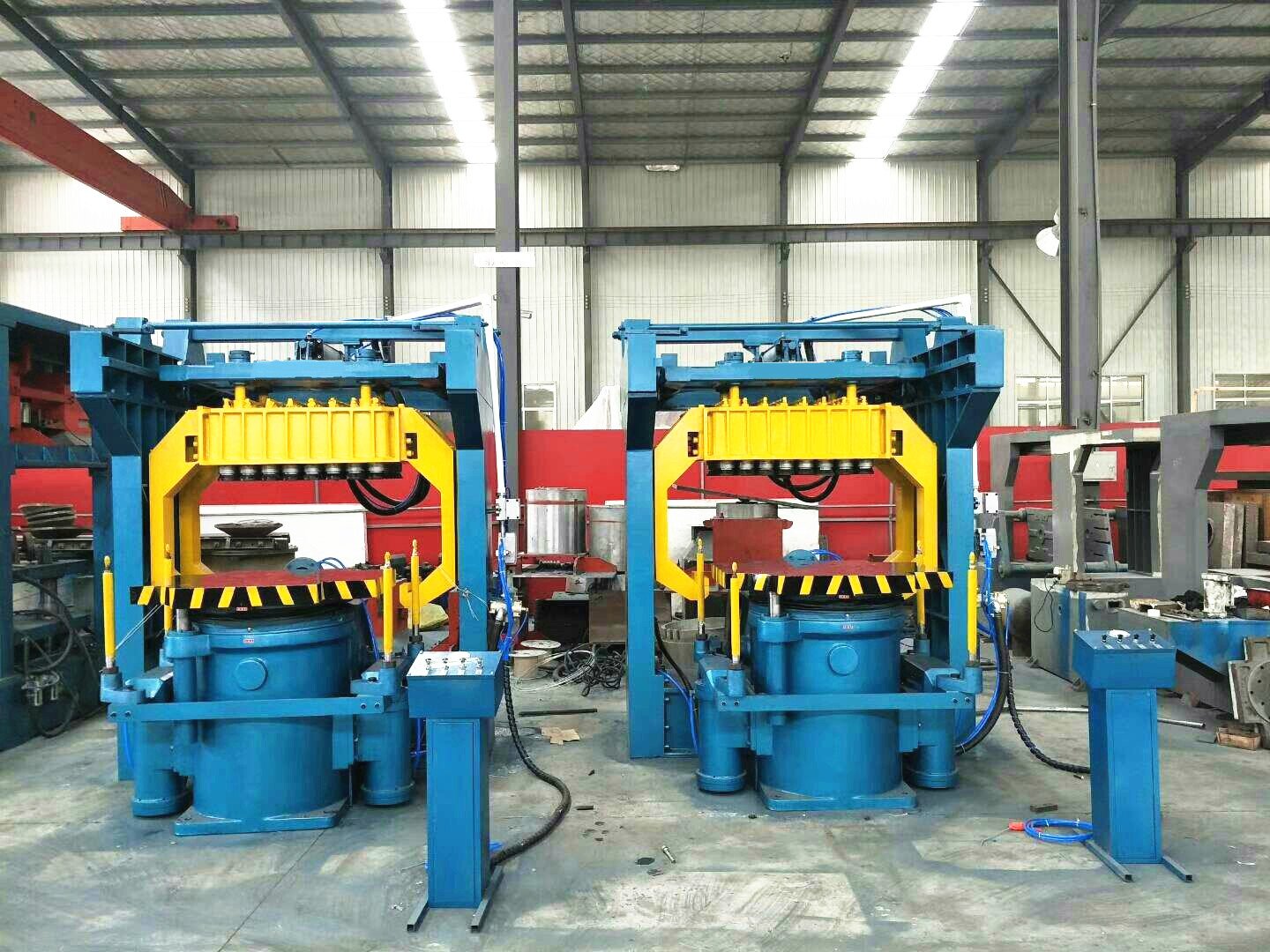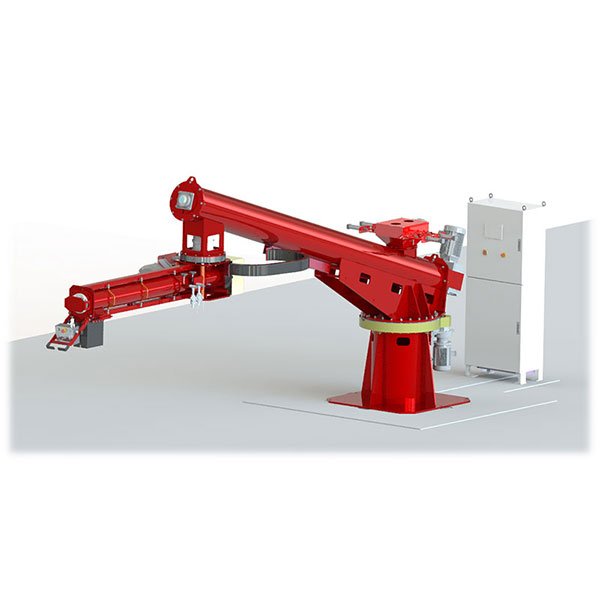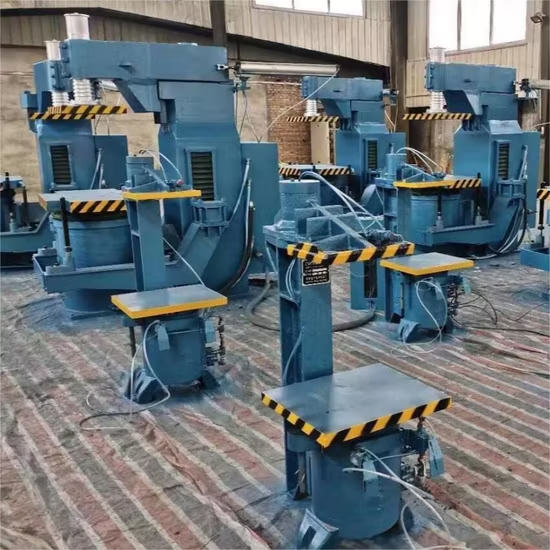Defects, delays, and rising scrap costs—these are often symptoms of one root issue: inconsistent sand quality. It's silently draining your profits.
A reliable sand mixing machine ensures consistent sand properties, reduces casting defects, and protects your bottom line from preventable loss.
Sand preparation isn’t just one step in the process—it’s the backbone of mold quality and foundry reliability. If your sand isn’t consistent, your casting won’t be either.
Why Sand Quality Matters in Foundry Operations
Poor sand equals poor castings—it’s that simple. Yet many still overlook its root cause.
Inconsistent sand quality leads to surface defects, porosity, inclusions, and ultimately, scrap and rework—direct financial losses.

Key factors at play:
- Inconsistent sand mixtures cause weak mold structures, gas defects, and rough surfaces.
- Proper mixing affects final part quality, influencing compaction, permeability, and flowability.
- Machine performance directly affects consistency—improper blade speed or dosing ruins the mix before it hits the mold.
In foundry engineering, sand condition is not a background task—it’s a frontline quality determinant.
What Is a Sand Mixing Machine?
Sand mixers aren’t just buckets with blades—they are engineered systems with critical precision roles.
A sand mixing machine blends sand, binders, moisture, and additives to create uniform, mold-ready material for casting operations.
You’ll typically find two major types:
- Batch mixers: Mix measured amounts per cycle—ideal for high-control, lower volume operations.
- Continuous mixers: Deliver sand non-stop, excellent for high-output production lines.
Use cases vary:
| Sand Type | Typical Mixer Use |
|---|---|
| Green sand | Continuous mixers for high output |
| Chemically bonded sand | Batch mixers for controlled binder dosing |
| Reclaimed sand | Both types, depending on flow requirement |
Without a proper mixer, even the best sand stock becomes a liability.
How a Sand Mixing Machine Affects Casting Quality
Mold strength, binder reaction, and gas evolution all start in the mixing chamber.
Precision in binder distribution, moisture control, and temperature directly influences casting strength and surface finish.

Consider these critical variables:
- Binder dispersion: Uneven resin or clay leads to hot tears, veining, and excessive gas evolution.
- Blade geometry and RPM: Affects how homogeneously sand and additives mix—poor geometry causes clumping or segregation.
- Temperature and monitoring: Sand temp above 40°C affects curing kinetics and deactivates bentonite in green sand systems.
Advanced mixers now include real-time sensors to monitor these variables and adjust in closed-loop fashion, ensuring consistent batches every time.
Types of Sand Mixing Machines and Their Advantages
Each mixing system offers different trade-offs. The right choice depends on production volume, precision needs, and automation level.
Select your machine based on how much control and throughput your process demands.
Batch Sand Mixers
- High precision over mix ratios
- Best for no-bake or furan resin systems
- Ideal when traceability is critical
Continuous Sand Mixers
- Seamless integration with automated lines
- Higher throughput
- Preferred for green sand or high-volume core production
Portable and Inline Mixers
- Used at the point of use (e.g., on core lines)
- Reduce material transfer loss
- Enable localized control
| Mixer Type | Strengths | Ideal Application |
|---|---|---|
| Batch | Control, traceability | Furan or phenolic no-bake sand |
| Continuous | Speed, consistency | Green sand or resin-coated systems |
| Portable/Inline | Flexibility, decentralization | Core shops or multi-line foundries |
Choosing wrong here can bottleneck your entire operation.
Key Features to Look For in a Reliable Sand Mixing Machine
Modern sand mixers aren’t just about blades—they’re smart, durable, and data-driven.
Durability, accuracy, and automation are what separate industrial-grade sand mixers from legacy models.

Look for:
- Automatic binder/sand ratio control: Real-time adjustments avoid overuse or under-bonding.
- Wear-resistant mixing blades: High-chrome or tungsten-carbide blades resist erosion from sand particles.
- Integrated moisture and temperature sensors: Critical for real-time quality control and process stability.
- Automation and data logging: Allow predictive maintenance and QA traceability.
- Easy-clean access: Reduces downtime during binder changes or maintenance.
The best machines don't just mix—they monitor, adapt, and last.
Signs Your Current Sand Mixing Machine Is Costing You
Still using an old mixer and wondering if it’s “good enough”? Look closer.
An underperforming sand mixer may not break—but it’s silently bleeding your profits through scrap, downtime, and excessive binder use.
Common signs:
- Inconsistent mold surface: Indicates poor mix uniformity.
- Excessive binder usage: If costs are rising but quality isn’t, blame the mixer.
- Frequent breakdowns: Downtime from worn blades, failed sensors, or overheated drives.
- Customer complaints about surface defects or porosity.
Don’t just patch these problems—fix them at the root.
How to Upgrade Your Sand Mixing Machine for Better Performance
A full replacement isn’t always needed. Smart upgrades can drastically improve performance.
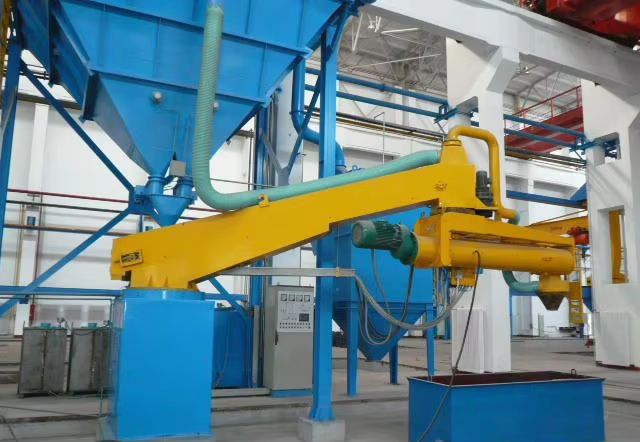
Evaluate whether your machine can be retrofitted, or if a new system offers better long-term value.
Options include:
- Sensor retrofits: Add real-time moisture and temperature sensors.
- Control system upgrades: Install PLCs with data logging, ratio adjustment, and alarm functions.
- Component replacement: New blades, motors, or augers can bring life back to a solid frame.
- Full machine replacement: Recommended if downtime or performance losses exceed 20% annually.
Before upgrading:
| Step | Purpose |
|---|---|
| Audit current performance | Measure defects, binder use, energy loss |
| Estimate ROI | Compare current losses vs. upgrade costs |
| Consult with OEM/vendor | Get tailored recommendations |
FAQ: Sand Mixing Machine Selection and Maintenance
How long should a quality sand mixing machine last?
10–15 years with proper maintenance; critical parts may need replacement every 3–5 years.Are advanced mixers worth it for small foundries?
Yes. Even low-volume operations benefit from lower scrap and binder savings.What’s the best way to monitor sand quality?
Use inline moisture probes, temperature sensors, and conduct daily lab tests on compactibility and permeability.
Final Thoughts: Invest in the Right Sand Mixing Machine to Eliminate Quality Issues
The right sand mixing machine eliminates variability, improves casting quality, and protects your profitability.
To take action:
- Audit your current system’s scrap rate, binder use, and downtime.
- Identify which type of machine suits your product line.
- Engage a specialist to evaluate your mixing process holistically.
Consistency in casting starts with consistency in sand—and that starts with your mixer.


